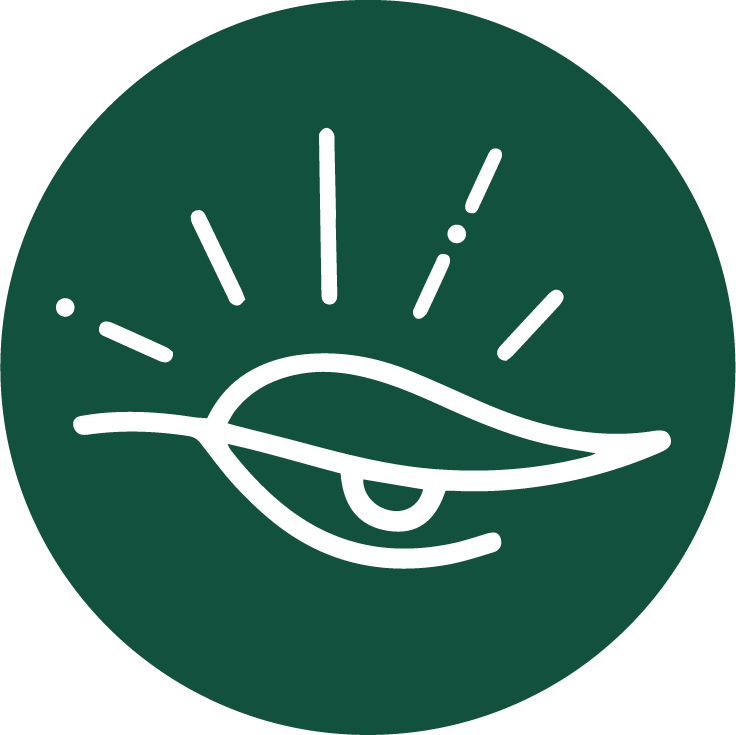Kantamanto receives the fashion waste of the Global North, yet our community is crafting solutions that the rest of the world can learn from.
Yayra Agbofah, Founder of The RevivalThe Revival | Threads of Change: At the Frontline of Waste Colonialism

The Revival is a creative initiative and a necessary response to the deeply unjust fast fashion system. Rooted in the lived realities of Kantamanto Market in Accra (Ghana), one of the largest secondhand clothing markets in the world, they are empowering community amid the devastating environmental and social impacts of fast fashion’s waste.
We interview the founder, Yayra Agbofah, as they explain how a way to transform discarded textiles into new garments has evolved into a powerful, community-led movement. Blending art, circular design, and social justice, they reimagine waste as a resource and upcycling as an act of resistance and reverence. Through collaboration with local artisans, youth, and waste workers, The Revival doesn’t just repurpose clothing; they reshape narratives and build systems that reflect sustainability, equity, and local innovation.
Anna Borrie: What inspired the founding of The Revival, and how has your mission evolved since its inception?
Yayra Agbofah: The Revival was born from witnessing firsthand the environmental and social toll of secondhand clothing imports in Kantamanto Market, Accra. What started as a creative response to textile waste has grown into a community-led movement transforming discarded clothes into opportunity. Our mission has evolved from awareness-raising to building long-term systems that prioritise circularity, dignity, and local innovation.
Anna Borrie: What does the process of upcycling discarded clothing look like at The Revival from collection to final creation? How do you decide which pieces are transformed into wearable fashion and which into art?
Yayra Agbofah: After waste pickers drop off textile waste at our collection points. We begin with sorting, working with our team of sorters to select garments with potential. Pieces beyond repair may become canvases for storytelling through installation or sculpture, while others are restored, reimagined, and sewn into new garments. The decision comes down to condition, fabric type, and the emotional narrative we want to express.


Anna Borrie: Can you describe how collaboration with local artisans and students influences the design outcomes? Is there a focus on integrating traditional and local craftsmanship?
Yayra Agbofah: Absolutely. Collaboration is at the heart of our process. We partner with local artisans to revive fading crafts like batik, tailoring, and embroidery. Students bring fresh perspectives while learning through hands-on practice. The result is a rich dialogue between old and new, tradition and innovation.
Anna Borrie: How do you see The Revival’s work reflecting the broader challenges of global textile waste and environmental justice? And influencing global conversations about fashion waste and sustainability?
Yayra Agbofah:Our work stands at the frontline of waste colonialism. Kantamanto receives the fashion waste of the Global North, yet our community is crafting solutions that the rest of the world can learn from. By spotlighting these grassroots innovations, we challenge dominant narratives and push for systemic change in how fashion views responsibility.

Anna Borrie: In a system driven by overconsumption, how does The Revival encourage people to view discarded materials not as waste, but as valuable?
Yayra Agbofah: We shift the lens from waste to raw material, from damage to potential. Through exhibitions, educational programs, and storytelling, we invite people to see the cultural and creative value in what’s been thrown away. We give discarded items new life, and in doing so, ask others to rethink their consumption habits.
Anna Borrie: What role does community participation play in your upcycling initiatives? How does community inclusion amplify your message and reach new audiences?
Yayra Agbofah: The community is the heartbeat of The Revival. Traders, kayayei, tailors, and youth all play roles in ideation, production, and outreach. Their involvement not only drives impact but also makes the work real and relatable. When their stories are centred, it broadens our reach and deepens public understanding.
Anna Borrie: How does The Revival’s relationship to the land and natural resources shape the way you approach sustainability and design?
Yayra Agbofah: Our work is rooted in respect for the land that absorbs the consequences of fashion’s waste. We prioritize materials and methods that reduce further harm. Our upcycling practices are inherently low-impact, and we often use natural dyes and traditional techniques that align with our ecological context.

Anna Borrie: When faced with crises such as textile pollution and market fires, how does The Revival continue to prioritize both urgent action and long-term community connection?
Yayra Agbofah: We respond immediately to support affected traders, whether through rebuilding funds, direct aid, or infrastructure improvements. At the same time, we maintain a vision for long-term resilience through skills training, infrastructure advocacy, and economic empowerment. The two must go hand in hand.
Anna Borrie: The Revival resists the impacts of waste colonialism through creative practices like upcycling and art. What would it take not just to creatively resist waste colonialism but to transform or reform the systems that allow it to thrive?
Yayra Agbofah: It requires policy change, corporate accountability, and a rebalancing of power. We must move from charity models to mutual collaboration, from dumping to responsibility. That includes regulating exports, funding local solutions, and listening to those at the receiving end of the waste.

Anna Borrie: How have partnerships with communities and organizations helped strengthen creative responses to global waste and support more sustainable futures?
Yayra Agbofah: Partnerships allow us to scale impact, access tools, and share knowledge. From grassroots organizations to global platforms, these relationships have opened doors for advocacy, co-creation, and resource sharing. Our collaborations amplify the voices of those most affected and spotlight overlooked ingenuity.
Anna Borrie: Reverence is the deep respect and acknowledgement of the interconnectedness of all beings, recognising the value and significance of every story, culture, and experience. Do you consider The Revival a reflection of reverence for these connections, and how does that shape the stories that are told through its work?
Yayra Agbofah: Yes! reverence is woven into everything we do. We honor the hands that sort, mend, carry, and create. We believe each garment carries memory, and each person a story. The Revival exists to make those stories visible, to centre dignity, and to remind the world that beauty and wisdom live at the margins too.





